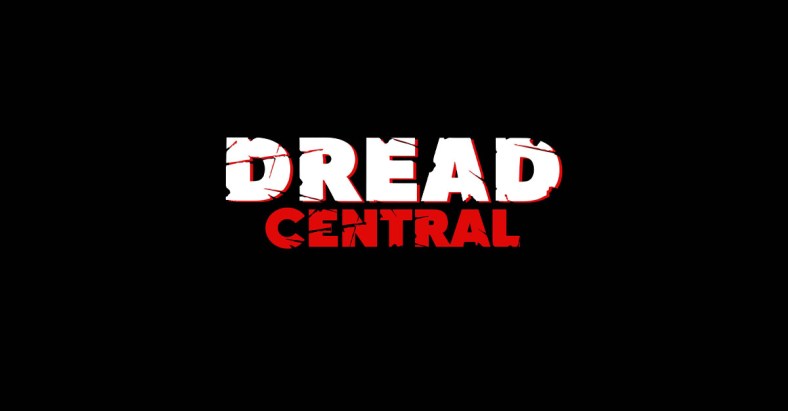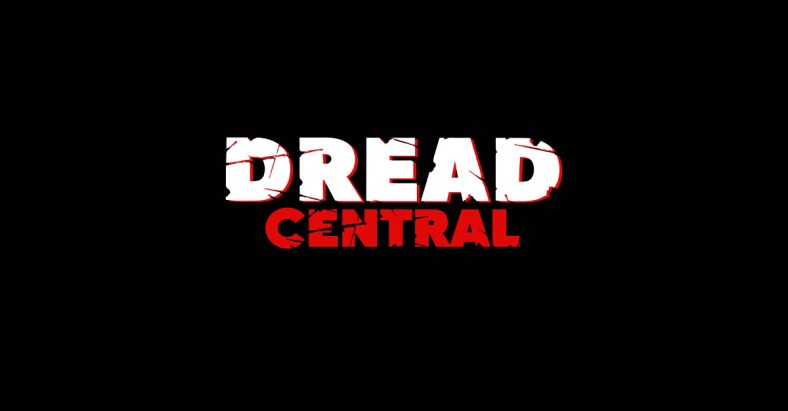Exclusive: Rowan Joffe Talks Before I Go to Sleep

Before I Go to Sleep (review) is one of many thrillers being released this week, just in time to cash in on the Halloween horror fever even non-genre film fans seem to catch every October.
It’s got stiff competition in Nightcrawler, Jessabelle, Soulmate, and Oujia.
Before I Go to Sleep is definitely not comparable to any of those movies, though – it’s got more of a Hitchcockian shiver. It’s all about the mystery and a horror that broils from within. The story follows a woman (Nicole Kidman) who wakes up every day remembering nothing as a result of a traumatic accident in her past. One day new terrifying truths emerge that force her to question everyone around her.
We had a chance to sit down with writer-director Rowan Joffe to ask him about the film and talk about horror in general as he does have the pedigree.

Dread Central: We loved your 28 Weeks Later script – good stuff! So, was that a job you took because you’re a screenwriter, or are you a fan of horror?
Rowan Joffe: Yeah. I’m probably more a fan of 70’s horror than contemporary – but yeah.
DC: I felt a Roman Polanski kind of vibe to Before I Go to Sleep.
RJ: You’re allowed to say that; I’m not. If I say that, I’ll get crucified, but thank you.
DC: Who are some of the 70’s horror directors that you admire who may have influenced and informed your work?
RJ: Well, Rosemary’s Baby definitely informed this, and then, here’s a weird coincidence… As I was making the movie, I saw – on someone’s coffee table – a catalogue from an exhibition of paintings. I fell in love with the paintings. I gave them to the production designer, and we got in touch with the lawyer of the now dead painter and ended up putting his paintings around the apartment. His grandchildren were invited on set one day, as a courtesy, and they said, “You know what?” and I swear to God, I had no idea those were the paintings used by Hitchcock in Dial M for Murder, when that painter was actually alive. That’s pure coincidence. So Dial M for Murder was another conscious and unconscious [ part of this film].
DC: I know that Nicole is a fan of the horror genre, and she was so amazing in Stoker, which was one of our favorite movies of the past few years —
RJ: Oh, good.
DC: What was it that made you want to cast her in this film? What quality of hers do you feel that she brings to the character?
RJ: I think she makes a chamber piece feel like cinema. So like Dial M for Murder and like Rosemary’s Baby, this is a movie set in a very confined location. It’s a woman who is a prisoner in a gilded cage, in this case a suburban house. In the case of Dial M for Murder, it’s an apartment; Rosemary’s Baby, an apartment too. And I think that, because she’s a movie star – both by association and there is also something intrinsically star-like about her – she makes a small story feel big.
DC: Well said. I love Colin Firth, too. A Single Man is a movie I have to watch at least once a year. I mean, he’s just astounding. What was it like to work with him – to direct him? Did he bring a lot of his own ideas, or is he very malleable and let you kind of have your vision?
RJ: Colin’s super intelligent and, like Nicole, wants to make sure that every line in the script is motivated. And the process I undertook with both of them was, prior to shooting, in Colin’s case I’d go to his house, in Nicole’s case we’d get on Skype, and we’d simply go through their scenes – scene by scene – and I would adjust to work here and there, rewrite a line here and there. Often Colin would have me restore the lines as it was originally written, but I realized that it’s an important part of his process as an actor to talk his way through, around, beneath, below everything that’s on the page so that when the cameras are rolling, he has established a connection with what’s coming out of his mouth and with what he’s physically doing. And the pleasure of being the writer/director is that you’re across both those processes, and I was actually able to rewrite scenes for them on the spot – when a piece of dialogue wasn’t getting them to the required emotional level, for example.
DC: The book upon which this is based was a big bestseller. I hadn’t read it, though. How close is Before I Go to Sleep the film to the book?
RJ: I think it’s close enough that the novelist, S.J. Watson, is a huge fan of the film. And the strange thing is, even though part of the thrill of this movie is the twist – and no one sees it coming in quite the way it comes – people who were familiar with it because of the book were still enjoying it when they came to see the movie. And a lot of them had forgotten what the twist was. So, it’s partly that, and it’s partly because it’s just such a different experience – being in a dark room with lots of other members of the public watching, you know, 50-foot high movie stars really enacting something that has just been words on the page. I think you forget what you know and you’re just in the emotional moment.
DC: What’s one of your favorite memories of making this film? What would you like fans to know as they watch the movie, that’s little maybe an inside tidbit?
RJ: The very first shot of the film is an extreme close-up of Nicole’s eye, and we pull back slowly – twisting 90 degrees – to reveal into a mid-shot of her lying profile in bed. And what I want the movie audiences to know is, that’s not a VFX shot. That’s a real camera shot. We had to get a special camera to do it. Nicole had to lie super still across many takes to pull it off. And in a world where a lot of what you’re seeing on screen is the result of the digital re-mastering of VFX experts, I definitely want fans to know that this is sparse on the VFX. What you see is what we filmed, and in fact it was the last film ever shot on Fuji 35 mil. So it’s a little piece of film history.
DC: Oh, I like that. One last question – since you have written in the zombie genre, and the horror genre – is that something that you might want to return to? Would you like to make a full-on horror film as a director?
DC: I would actually. Yeah, I really would. I’d like to make an elevated genre horror. In other words, one that was as dramatic and as emotional as a straight drama. And was all the more terrifying for that. And I think this is definitely that kind of a movie. Because the game we play is: Is Christine part of a nefarious and violent conspiracy, or is she just frail, injured, and paranoid? And you never really know the answer to that until the end.

Categorized:News

